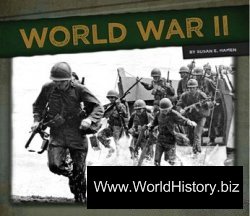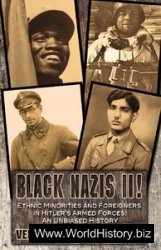The ancient Beothuk language has some word roots in common with the Algonquian language. As a result, the Beothuk originally were classified as ALGONQUIANS. But the two languages differ in vocabulary to such a degree that now the Beothuk language is classified alone as Beothukan, and the Beothuk are considered a distinct people with different ancestors. Their name is pronounced BAY-uh-thuk.
The Beothuk, along with the INUIT, are therefore the only Native people along the Atlantic coast of present-day Canada and the northeastern United States who did not speak an Algonquian dialect. Perhaps one reason the Beothuk were a distinct group with their own language was that they lived on an island—the large island of Newfoundland.
Because of their location at the northeastern corner of North America, the Beothuk had early contacts with many explorers. It is theorized that either the Beothuk or the MICMAC were the peoples the Vikings supposedly encountered in A. D. 1000. In their writings, the Vikings referred to them as Skraeling. It is certain that John Cabot, sailing in the pay of England, encountered the Beothuk in 1497; Giovanni da Verrazano, sailing for France, met up with them in 1523; and Jacques Cartier, also sailing for France, made contact with them in 1534.
After these early contacts, the Beothuk continued to associate with European fishermen, especially the French, who frequented their shores. A problem arose between the two peoples when the Beothuk stole from the fishermen. In Beothuk culture, ownership of possessions was a relative concept, and petty thievery was allowed. The French, however, incensed by the loss of equipment, turned on their former friends. Not only did they use their own guns in attacks on the Beothuk, but they also armed the Micmac and placed a bounty on Beothuk scalps.
By the early 1700s, the Beothuk were practically extinct. Those who survived did so by hiding out among other Indians, mostly the NASKAPI. A century later, the Beothic Society for the Civilization of the Native Savages combed the island for Beothuk descendants but did not find any. The last Beothuk on record, Shanawdithit or Nancy April, a captive at St. Johns, Newfoundland, died in 1829.
The Beothuk lived a lifestyle similar to both Algon-quians and Inuit. Like the Algonquians, they slept in birch-bark wigwams and cooked in birch-bark containers. They also made birch-bark canoes, but with an original design. The gunwales, or sides, curved up, not just at the ends, but also in the middle, like two sets of crescent moons. In the winter, the Beothuk lived like subarctic Algonquians, staying in the inland forests and hunting land mammals, and are classified as SUBARCTIC INDIANS. In the summer, however, they traveled to the ocean to hunt sea mammals, using Inuit-style weapons and methods.
The Beothuk had other cultural traits unlike those of either the Algonquians or the Inuit. For example, in caves and rock shelters where the Beothuk buried their dead long ago, archaeologists have found uniquely carved bone ornaments.
The Beothuk had a custom in which they painted their bodies and clothing with red ocher, a mineral found in the soil. They probably did this for practical as well as religious reasons, because the substance helped keep insects away. The Micmac called them Macquajeet for “red people.” It has been theorized that the derivation

Of the term redskin for Native Americans results from the practice, and not because of the color of their skin, as is commonly believed. The tribal name Beothuk is thought to mean “human body.”




 World History
World History









